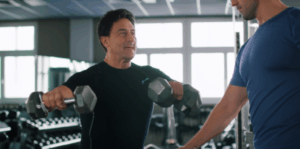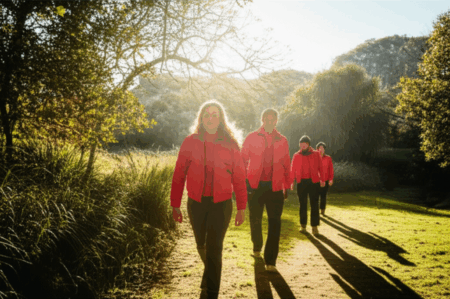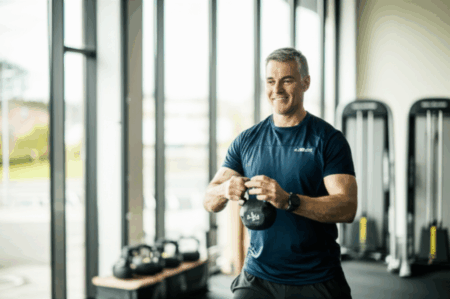Milind Soman, the renowned fitness icon, recently captivated the internet by sharing a heartwarming video of his 86-year-old mother, Usha Soman, effortlessly skipping rope alongside him and his wife, Ankita Konwar. The video, set against a picturesque misty hillside, showcased Usha Soman’s remarkable agility and energy, proving that age is truly no barrier to maintaining an active and healthy lifestyle. Her dedication to daily skipping, yoga, and other movements has inspired countless individuals and served as a powerful reminder of fitness as a lifelong commitment.
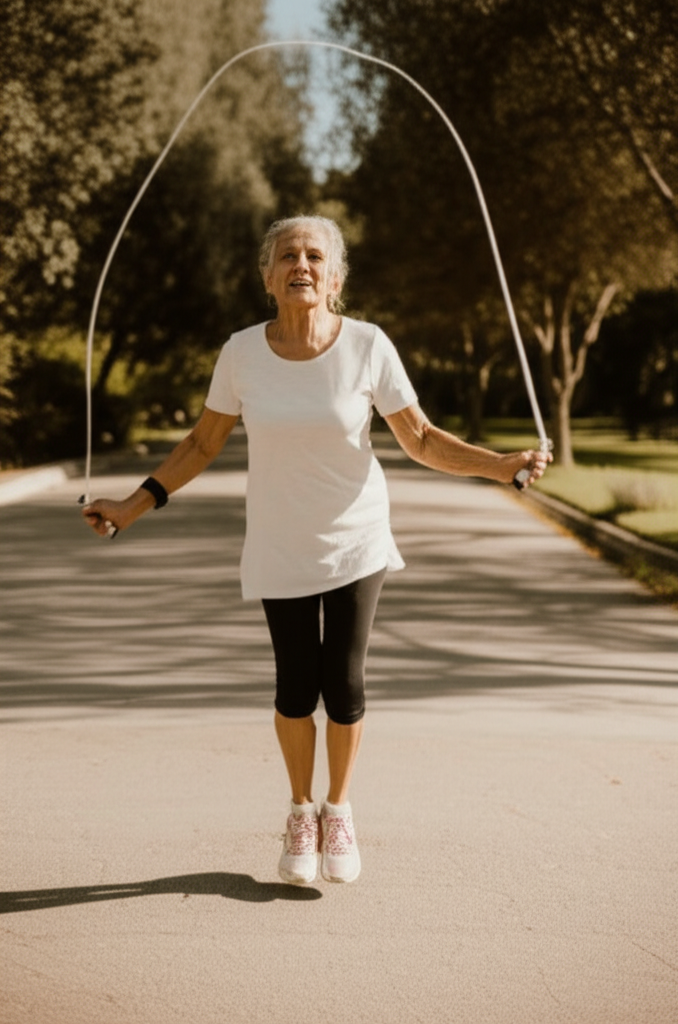
Usha Soman: An Inspiration at 86
Usha Soman’s consistent fitness routine has long been a source of inspiration, with previous videos showcasing her skipping at 81 and performing planks at various ages. Her latest appearance at 86, skipping in perfect sync with her son, has once again highlighted her incredible dedication and the profound impact of regular physical activity on healthy aging. Milind Soman revealed that skipping is a daily activity for his mother, alongside yoga and other exercises, emphasizing a holistic approach to well-being. This extraordinary display of vitality has garnered widespread admiration, with many calling her “ultimate fitness goals” and “truly incredible”.
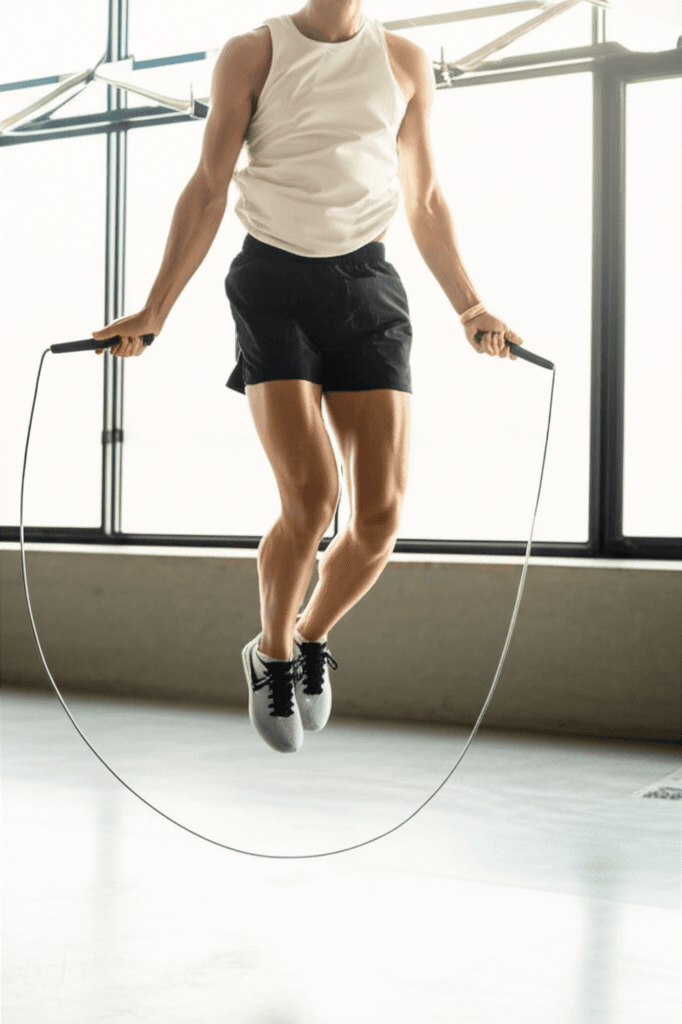
The Multifaceted Health Benefits of Skipping Rope
Skipping rope, often dismissed as a childhood pastime, is in fact a highly effective, full-body workout with a myriad of health benefits for individuals of all ages, including seniors. It’s a versatile and accessible exercise that can significantly improve cardiovascular health, muscle strength, coordination, and bone density.
Cardiovascular Health and Endurance
Jumping rope is an excellent form of cardio that rapidly elevates your heart rate, contributing to improved cardiovascular endurance and a reduced risk of heart disease. It can also help lower blood pressure and enhance overall blood flow. For seniors, maintaining heart health is crucial in preventing conditions such as heart attacks and strokes. The exercise engages multiple muscle groups, making it an efficient way to boost cardiorespiratory fitness.
Enhanced Bone Density
As people age, bone density naturally decreases, increasing the risk of osteoporosis and fractures. Skipping rope is a weight-bearing activity, meaning the small impact or stress from landing after a jump helps stimulate bone growth and strengthen bones, which is particularly beneficial for elderly individuals. Consistent jumping can be a proactive step towards preventing bone weakening and ensuring a strong skeletal system well into old age.
Improved Balance and Coordination
Jumping rope demands coordination, rhythm, and spatial awareness, actively engaging both hemispheres of the brain. Regular practice trains the brain and body to work in sync, significantly enhancing balance, reaction time, and overall motor skills. As balance and coordination tend to decline with age, incorporating skipping can help seniors maintain these crucial skills, reducing the risk of falls and improving overall mobility.
Full-Body Muscle Activation
While often perceived as primarily a leg workout, jumping rope provides a comprehensive full-body exercise. It strengthens muscles across the entire body, including lower extremity muscles like calves, hamstrings, quads, and glutes, as well as upper extremity muscles such as triceps, biceps, shoulders, and chest. Core muscles, including abs and obliques, are also engaged to maintain stability and control. Using weighted jump ropes can further increase muscle activation and resistance.
Cognitive Benefits and Brain Stimulation
Beyond physical gains, skipping rope offers notable cognitive benefits. Exercises that require mental focus, coordination, and rhythm, like jumping rope, can strengthen cognitive functioning. The continuous adjustments needed to maintain balance and timing activate both hemispheres of the brain. Regularly engaging in this activity may protect and even stimulate memory, and challenging oneself with new tricks can help form new neural connections.
Joint Health and Injury Prevention
Contrary to common misconceptions, jumping rope can be relatively gentle on the joints compared to higher-impact activities like running, especially when done with proper form. The exercise strengthens the muscles around the joints, providing better support and stability. It encourages a slight bend in the knees upon landing, which acts as a natural shock absorber, distributing impact more evenly and reducing stress. This can enhance the body’s shock absorption capabilities, protecting against joint and bone injuries.
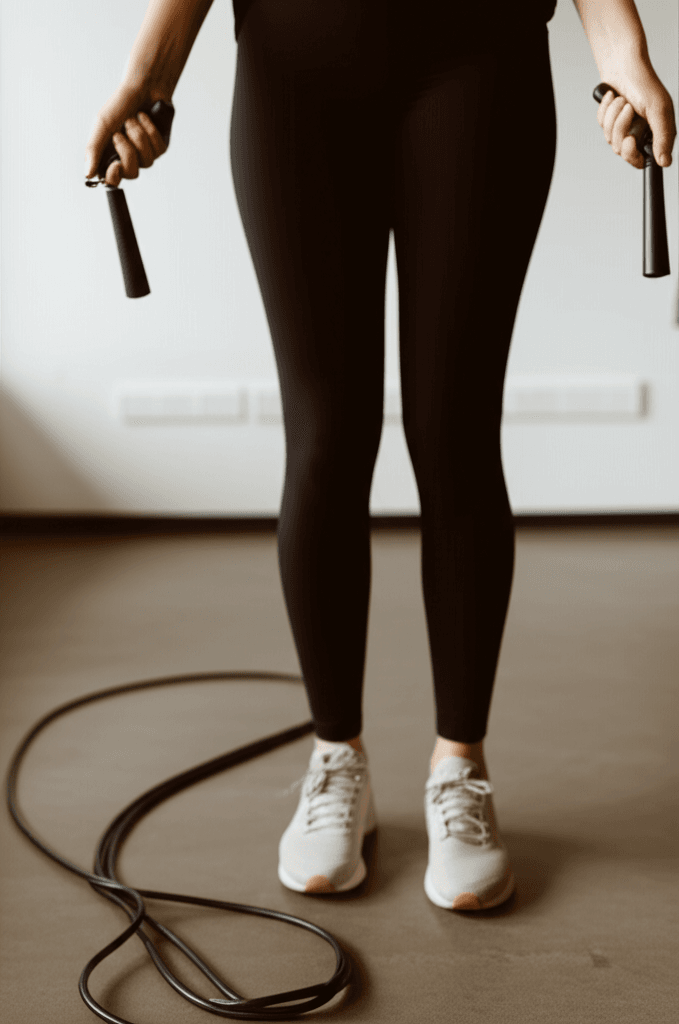
Getting Started with Skipping Rope
For seniors or those new to skipping, it’s advisable to start slowly and consult with a healthcare provider to ensure it’s a safe and appropriate exercise for their health.
- Warm-up: Begin with light stretching and a few minutes of low-impact exercise like walking or jogging.
- Footwear: Wear supportive shoes to protect your feet and joints.
- Technique: Start with low-intensity jumps, focusing on maintaining good posture and engaging your core. Land softly on the balls of your feet to reduce impact.
- Progression: Gradually increase the duration and intensity of your jumps. A common starting point might be 30 seconds of jumping followed by 30 seconds to a minute of rest, repeating for 10-15 minutes every other day.
- Equipment: While a basic jump rope is all that’s needed, a jump rope mat can help save your joints and protect your rope, especially if jumping on hard surfaces.
Usha Soman’s inspiring example underscores that consistent movement, even simple yet effective activities like skipping rope, can contribute significantly to a long, healthy, and happy life.


